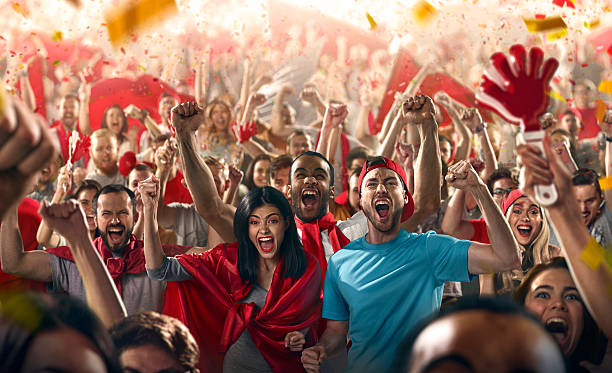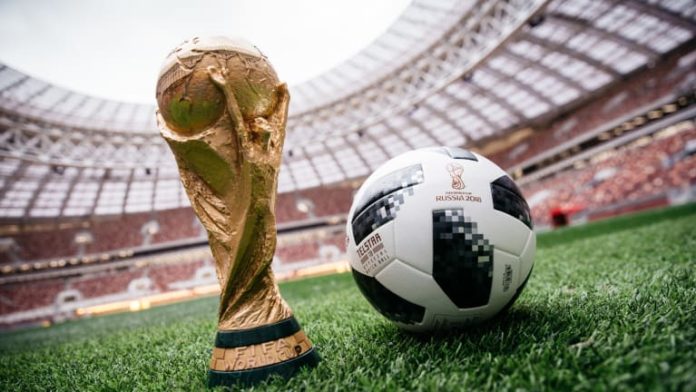It is has been widely observed that people who are fans of the same sports team tend to feel a connection with each other, even if they’ve never previously met. This type of connection has been shown to have an influence on social situations, contributing to how sports fans interact with one another. Now, research from a team of scientists working out of the D’Or Institute for Research and Education has shown some interesting additional information related to these connections.
Research Team
The team, led by neuroscientist Jorge Moll, has used magnetic resonance imaging to peek inside the minds of sports fans as they make decisions on an altruistic basis. Dr. Moll is a longtime veteran in the field of brain exploration. In his role as the president and founder of the D’Or Institute, he has lead numerous studies that have worked to take a closer look at the physical makeup of our neural pathways.
Jorge Moll’s specific fields of interest include psychology and the neural mechanisms that govern the choices made by humans. He also conducts research into social preferences and how those preferences are shaped by values and morals. Other areas of his work have touched on how human behavior is modified by culture, experience, and neurotechnological intervention.

Why Use Sports Fans
Researchers from the institute built their study around sports fans. In this case, they focused on the sport of soccer for a very specific reason. According to Tiago Bortolini, coauthor of the study, “Soccer fans constitute an example of natural groups, which are reflected in daily life situations and thus provide a unique opportunity to investigate group belongingness.” In other words, the bonds people feel over sports make it easy to identify them as being part of the same social group. Scientists can use this fact to examine some of the aspects of how social groups function.
The goal of the research was to delve into a specific aspect of group dynamics, namely an exploration of altruistic motivation among members of the same group. The scientists conducting the research opted to look into the physical structures of the brain for a deeper understanding of these dynamics. They wanted to know how the makeup of brains of soccer fans was involved in this type of behavior.
Setup of Study
The study in question centered around a group of twenty-seven fans of Brazilian soccer teams. Researchers asked participants, who supported one of the four most popular soccer clubs in Rio de Janeiro, to make a decision about donating money. Volunteers were presented with three options from which to choose, donating money to anonymous fans of their own team, donating money to anonymous non-fans, or keeping the money for themselves. While the study participants were presented with these choices, scientists used a functional magnetic resonance scanner to analyze their brain activity.
One aspect of the study’s design that set it apart from other work in the field was the manner in which researchers had participants decide to make donations. The scientists constructed a highly effortful task that needed to be completed in order for the choices made by participants to be enacted. This was done by asking volunteers in the study to make donations by squeezing a pressure device they held in their hands during the trials. In detailing the reasoning behind the design, the study’s lead author explained that it “Allowed us to measure their real motivation during the donation tasks, since greater amounts of money required a lot of pressure effort on the handgrip device.”
Jorge Moll’s Background
Research conducted at the D’Or Institute, such as this study on the altruistic decisions of soccer fans, is often directed by the vision of its president, Jorge Moll. As such, for a greater insight into the design of the study, it is helpful to take a closer look at the background and accomplishments of Dr. Moll himself (http://vivianegomes.com.br/2017/11/jorge-moll-comenta-o-passado-da-rede-dor-e-o-atual-cenario-do-segmento-no-pais/).
A graduate of the Federal University of Rio de Janeiro in 1994, Jorge Moll completed his medical residency at the same university in 1997. He went on to obtain his Ph.D. in experimental pathophysiology from São Paulo University in 2004. Since obtaining his degree, he has been invited as a visiting research fellow to a number of institutions, such as the National Institute of Neurological Disorders and Stroke as well as Stanford University’s Neuroscience Institute. Dr. Moll has also served as an affiliate member of the Brazilian Academy of Sciences and an elected member of the International Neuroethics Society.

Research Results
Analysis of the brain imaging obtained during the D’Or Institute study showed that the soccer fans who participated in the research exhibited a high level of activity in their orbitofrontal cortices. This area of the brain has been shown to be integral in the process of weighing the value of each option in a variety of choices.
When the research team further examined how the orbitofrontal cortex of participants was interacting with the rest of the brain while making these choices, they came to an interesting observation. It seemed that this cortex was interacting with another part of the brain that has previously been associated with family belongingness.
This led researchers to hypothesize that fans may be hardwired to respond to fellow fans or team members in a similar fashion to how they respond to a beloved family member. The scientists in charge of the study felt that this insight could pave the way for further understanding of the neural mechanisms that are related to group belongingness, which could help inform the way we address clinical problems such as antisocial behavior.
As Jorge Moll and his team of colleagues continue their explorations into a variety of questions related to human psychology and neurology, they will undoubtedly uncover further results that will challenge our current views of the human brain. With the information they are contributing to society, researchers hope to be able to more fully address issues related to mental health and social difficulties. Watching for future developments from this dedicated team of neuroscientists promises to prove both exciting and informative for anyone interested in how we interact socially with those around us.
More about Jorge Moll on LinkedIn




